Other plants containing cannabinoids
Last updated:
Published:
Cannabinoids are not unique to cannabis
The cannabinoids that exist in plants are called phytocannabinoids, while endocannabinoids are the type of cannabinoids produced internally by animals and humans. Artificial cannabinoids are referred to as synthetic cannabinoids. Think of the word “cannabinoids” as the overall term for a chemical compound that can be broken down into small categories based on where it originates from.
It is the phytocannabinoids that we are specifically interested in, as these are found in a broad range of plants, many of which are household names. The following list is just a brief overview of some of the plants that contain cannabinoids: coneflower, electric daisy, strawflower, liverwort, and tea shrub (not to be confused with tea tree).
The shared attributes of all these plants not only point to their potential in traditional medicine, but their range of applications in the modern era. It does beg the question, if cannabinoids are found in cannabis and other common plants, why do we treat cannabis so differently?
To better understand how each of the previously mentioned plants has been used for centuries as part of traditional medicine, we will explore their origins, uses, and potential side effects.
Coneflower (Echinacea)
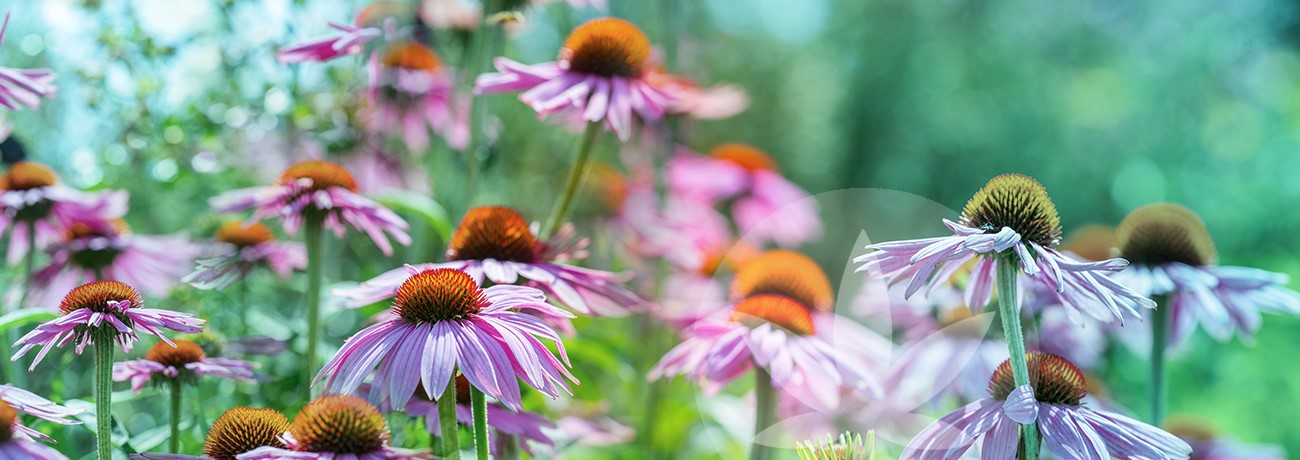
You may be surprised to learn that coneflower is the first on our list of plants to contain phytocannabinoids. After all, it is incredibly likely that you have one growing in a pot in your house. They are grown both indoors and out for ornamental purposes because of their intense pink petals. Common in homes and beautiful to look at, coneflower can be split into two main species: Echinacea angustifolia (narrow-leaf coneflower) and Echinacea purpurea (purple coneflower). Both are widely available, although the former is native to North America, and as such, probably more recognisable at a glance.
Coneflower does have uses beyond being visually appealing. Because of its phytocannabinoids, it has been used traditionally to reduce the inflammation of wounds, burns, and insect bites. The roots can also be chewed to help with toothache or throat infections. There have been noted side effects, though. Digestive issues, rashes, and bouts of asthma have all been documented as a result of using Echinacea.
Electric daisy (Acmella oleracea)
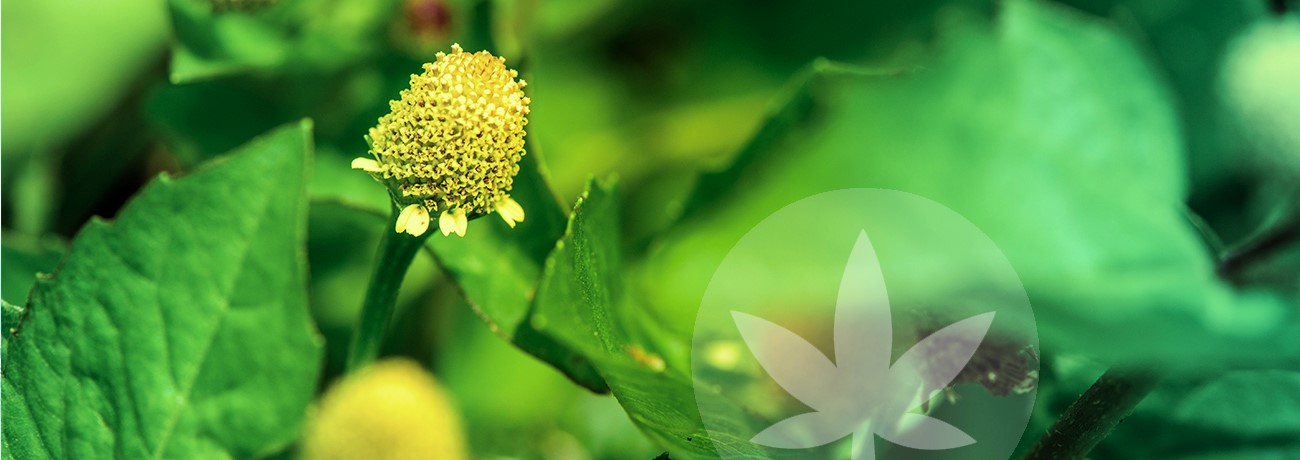
Brazilians refer to Acmella oleracea as Jambú, although throughout the rest of the world, toothache plant is the more common name. The main body of the flower is actually hundreds of smaller flowers bunched together. The toothache plant gained notoriety for the intriguing effect it has when you chew the flower. Daring individuals would be met with an extreme numbing sensation. Only lasting 10–15 mins, it wasn’t long before herbalists realised that Acmella oleracea would be perfect for treating toothache. After all, many of us would rather chew on a flower than take a needle to the gum.
Despite the embarrassing production of saliva caused by its numbing, Acmella oleracea appears to carry few side effects. We would of course not encourage anyone to participate in consuming the plant raw, despite the hilarity that would follow. The sensation can be both unpleasant and uncomfortable. The juice from the leaves, while also producing a similar analgesic effect, is used as an extract in several traditional Brazilian cooking recipes.
Strawflower (Helichrysum)
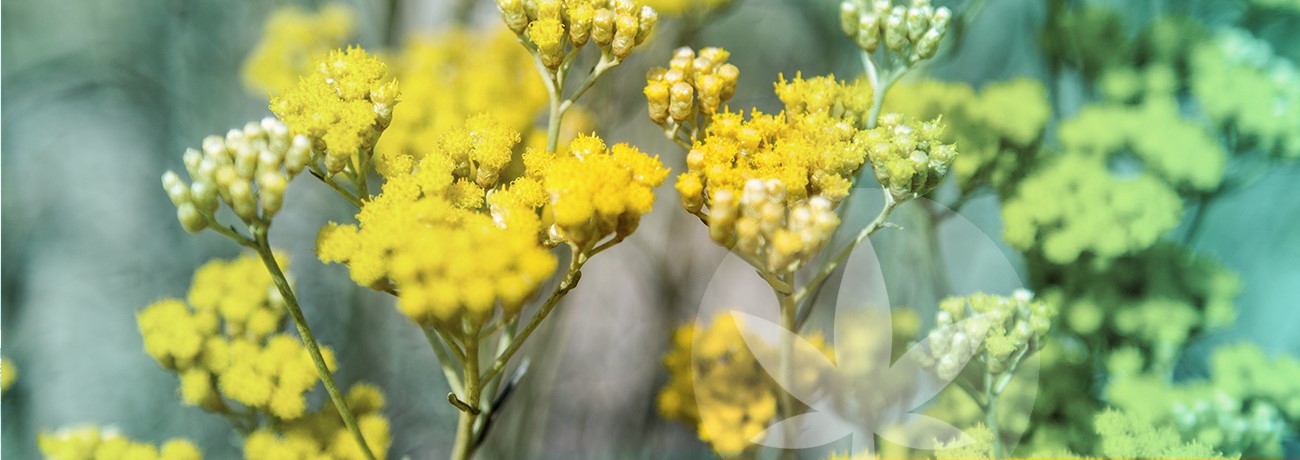
Not many individuals will know of the strawflower, mainly because Helichrysum is a genus that has over 600 species of plant linked to it. Belonging to the broader sunflower family, visually, all of the Helichrysum genera are similar in appearance, despite growing in different environments all over the world. The leaves grow oblong to lanceolate, while the flowers look similar to that of a carnation in bloom. Colours vary from deep purples and reds to vibrant pinks and yellows.
Although mainly used as an ornamental plant, strawflower is also harvested for its aroma. Burnt sugar and ham may not sound like an appealing perfume, but blended with other scents, the aromatic oil from strawflower is very popular.
Liverwort (Radula marginata)
Growing natively in New Zealand, liverwort holds a special place in the hearts of the Maori. Maori people have a belief that if an object, story, or memory is treasured, it becomes a “taonga”. Taonga is the Polynesian equivalent to a Western national treasure, like the Queen's crown jewels. For the Maori, liverwort falls into the category of taonga, creating an interesting dilemma for the New Zealand government.
The reason being, liverwort shares some striking similarities to cannabis. The cannabinoids within liverwort, primarily a chemical compound called perrottetinene, produces an effect similar to the THC found in cannabis. Although the result is significantly milder, it has still drawn some concern from governmental bodies.
For now, owning and growing liverwort is legal. The Plant & Food research project, which is sponsored by New Zealand, has awarded several grants to further study into this intriguing plant. Although there are anecdotal accounts of the plant's effects, results differ hugely, hence the reason for trying to understand the plant's attributes on a scientific level.
Tea shrub (Camellia sinensis)
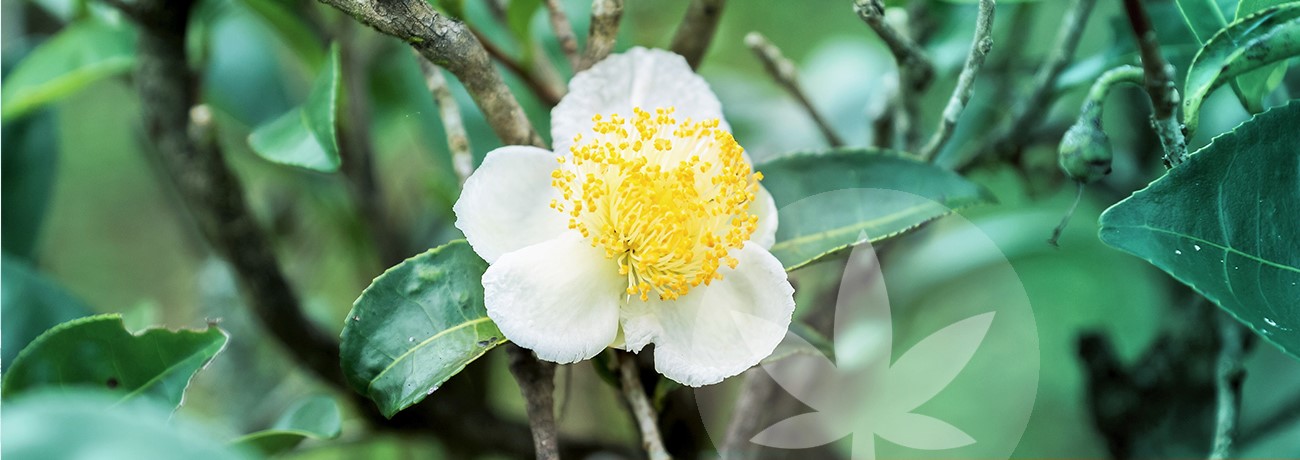
There is a good chance that while reading this article, you’re drinking a cup of tea or coffee. Hot, caffeinated drinks are considered by many to be the cornerstone of modern civilisation. Ironically though, drinking tea is not unique to the Western world. Asian countries have cultivated Camellia sinensis for centuries. Several varieties of the tea shrub are used to produce black, green, yellow, and white tea.
Each one was believed to carry health benefits and was favoured among the Chinese for these reasons. Modern medicine has yet to identify conclusive results from studies made into the tea shrub, but it comes backed by over 3,000 years of anecdotal accounts.
Cannabis
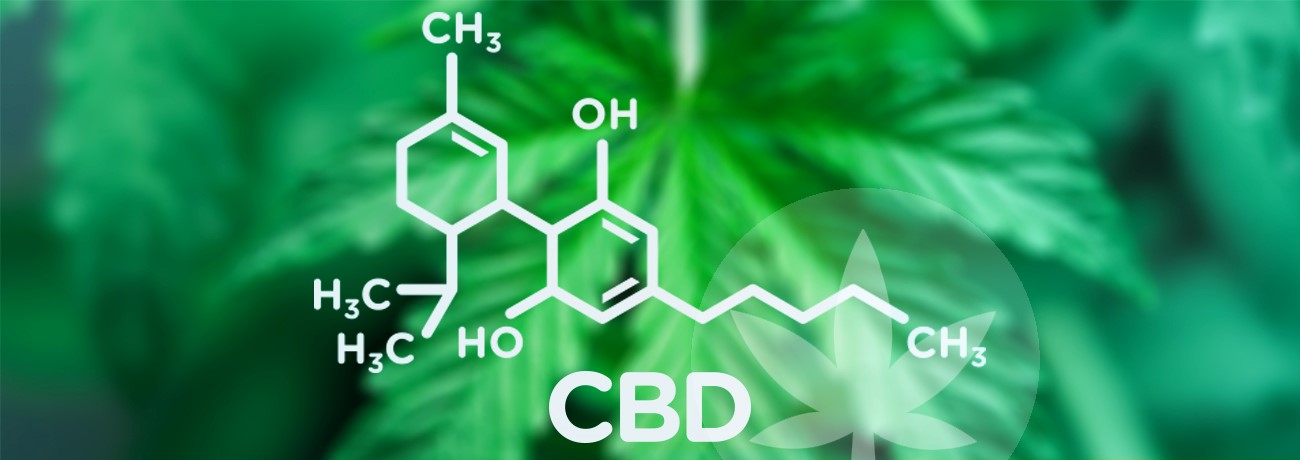
Last, but by no means least. While several of the plants above have specific phytocannabinoids within their genetic structure, cannabis has the most abundant collection of cannabinoids of any plant. Despite several of the side effects inflicted by these common household plants, the one with the least impact on your health is actually the one most stigmatised.
Globally, cannabis has faced a complicated and lengthy legal battle—one that it is slowly winning. Several countries have legalised the plant for medicinal purposes, recognising the beneficial impact certain cannabinoids can have on various health conditions. Just like the example set by New Zealand, where liverwort is being researched rather than penalised for its attributes, the hope is the same happens to cannabis. With more extensive study, we can further prove its medicinal benefits, and look past the reputation it has wrongly acquired.
If anything, the extensive history of using plants that contain cannabinoids as traditional remedies proves that there has to be some grounding in their capabilities.







.png)




